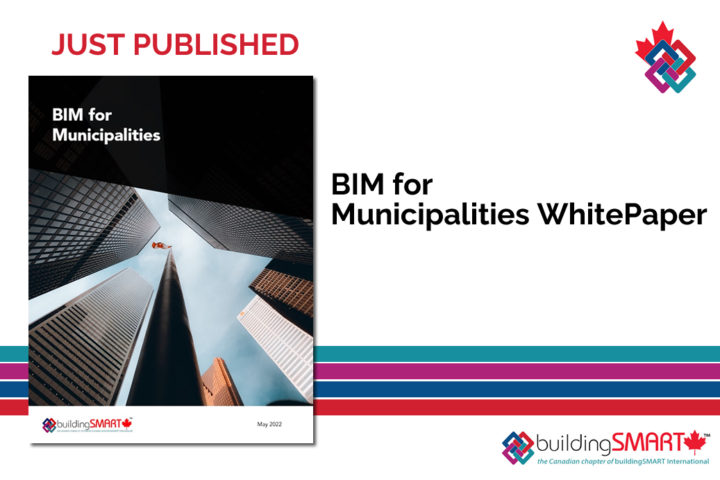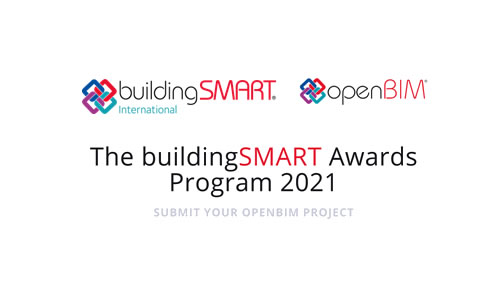Link to the original article: Here
If BIM is so simple then why is it so difficult? asks John Adams, director of BIM at consultant BIM Strategy.
I’ve heard more than once that so-called BIM experts are deliberately making things complicated to make work for themselves – why else would something so simple be so complex in practice?
Things are getting messy, despite a community of wonderful folk from across our industry working exceptionally hard to simplify and improve our processes and project outcomes.
The breadth of subject matter, from the micro to the macro, is showing that the process of trying to bring order to the construction industry through the application of BIM is becoming chaotic.
Luckily, there is more established theory around chaos than BIM, and comfort and knowledge can be drawn from chaos theory to help us along the journey to BIM becoming business as usual.
Chaos is when “the present determines the future, but the approximate present does not approximately determine the future”, said Edward Lorenz, one of the pioneers of chaos theory.
If PAS 1192-2 describes a process that most of us agree is a better and pretty logical approach to delivering a project information model, then why isn’t it straightforward?
One possible answer is found when you see the current construction industry model as an eco-system that has found a relatively comfortable balance over the last 50 or so years.
With hundreds of BIM enthusiasts and detractors piling energy into the system, the only mathematical outcome is that all of the current standards and processes will be ripped clause from clause until they can be broken down no further and a new and balance found. The chaotic pendulum shows how adding a simple new component to a balanced system creates chaos.

We have entered a very dynamic stage of our digitisation journey. Without delving too deep into the science, the more energy we expend in trying to bring order, the more chaotic things become, up to point where we have caused so much chaos there is no more to be found.
At this point we’ll reach a new and defined norm, but only when all of the analogue processes have been disrupted. It’s a lot of ground to cover and when you’re in the middle of it all it can look hectic and intimidating.
Imagine a pan of water is the construction industry, all three million of us, our projects and our processes all in the pot together. BIM, or the digital construction agenda as a whole, is the heat we are applying by way of the mandate, BIM champions, new technology, case studies, Twitter discussion, column inches and everything else.
As we heat things up we get bubbles and steam. Until we’ve boiled all of the water and collected all of the steam, and allowed it to reconsolidate we are destined to have chaos. It’s more than a little frustrating, but it is inevitable so let’s make use of our chaos.
Remember that water, grains and chaos are required to create Scotch whisky. The distilleries can’t control the order in which water molecules turn to steam when they add heat, but they can control everything else.
The UK BIM Alliance is now taking control of the tangibles and is turning up the heat, at least for Level 2, and everyone with knowledge to help control these variables will be needed.
As much as the analogy with the car industry and BIM has been doing the rounds for a number of years, and there’s both truth and wisdom in it, we have often taken the wrong slant: “They’ve done it, why haven’t we?”
Simply put, their journey had less scope for chaos. A car is better defined than a built asset, so they had less water to boil. One thing we can definitely learn from their digitisation is that those who tried to shortcut the digitisation process, like Rover, are gone: those who embraced the challenge, like Toyota, have thrived.
We need to acknowledge our chaos. Own our chaos. Not let our chaos distract us from the goal, from the new norm of digital excellence.




